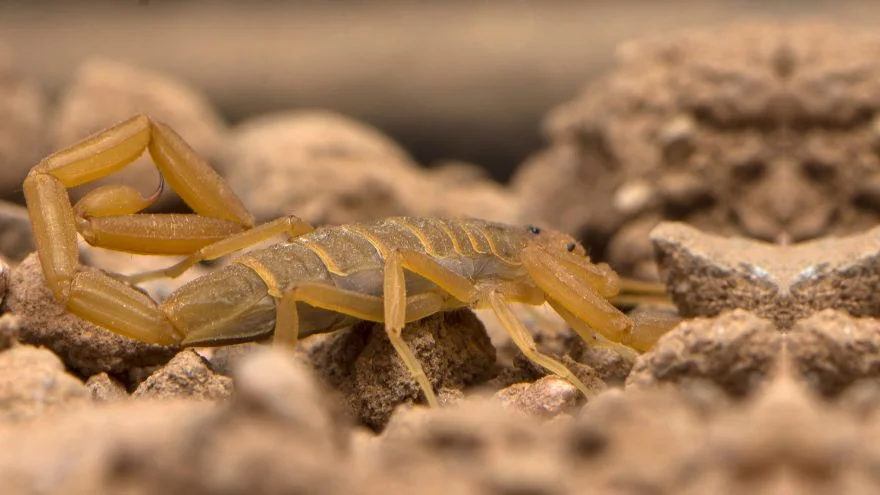Utah is home to some of the deadliest animals in the United States, and you should avoid them at all costs. These most dangerous animals in Utah include poisonous snakes, venomous spiders, coyotes, bears, etc.
Like many states in America, Utah is blessed with its unique natural attractions, responsible for hundreds of thousands of tourists visiting each year.
The mountainous state is known for skiing, hiking, camping, and other outdoor activities.
Utah is famous for its rugged landscapes with plenty of mountainous views; the bee-hive state also has its fair share of wildlife, which houses an abundance of unique creatures.
Before you consider spending time in the state, note that these animals do not welcome the idea of barging in on their territories with camping gears and fishing poles.
For this reason, we have drawn up a sizable list of some of the most dangerous animals in Utah to avoid and some wildlife safety tips to make your visit or outdoor activities in the state an enjoyable one.
What are the Most Dangerous Animals In Utah?
1. Gila Monster

- Scientific name: Heloderma suspectum
- Classification: Reptiles
- Habitat: Deserts
- Diet: Carnivore
- Conservation status: Endangered
Don’t let the small size fool you. The name alone rings a warning alarm not to mess with this reptile.
With a length of up to 2 feet, this little reptile has a sizable dose of painful venom, which victims have claimed is similar to that of a rattlesnake.
Its bite symptoms include swelling, intense burning pain, weakness, vomiting, and rapid heart rate.
Although, thankfully, no deaths have been recorded from the Gila monster in over 100 years, this is not a license to go poking around near this animal as they are poisonous.
The good news is that the Gila monster is sluggish and slow, which makes it relatively easy to avoid.
2. Coyote
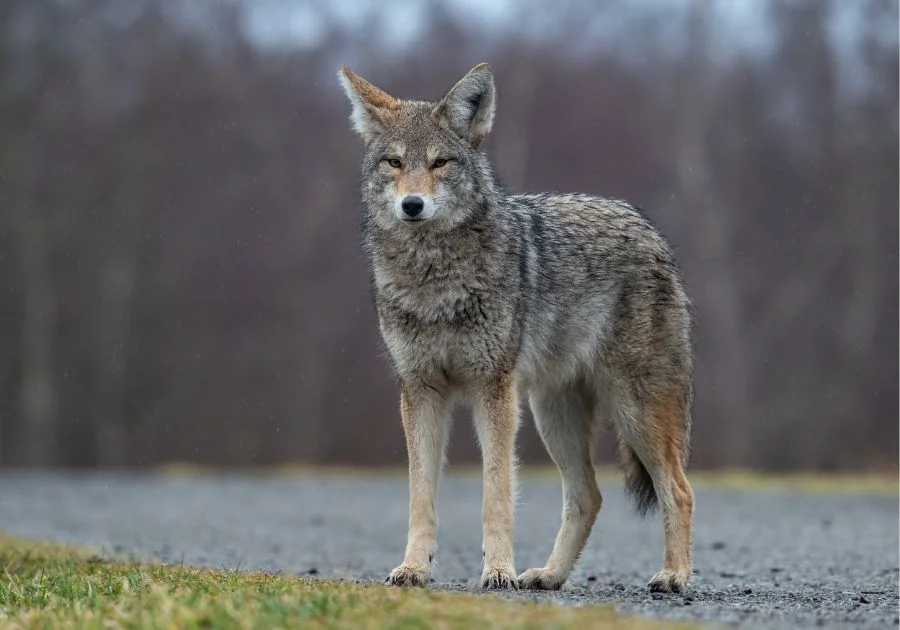
- Scientific name: Canis latrans
- Classification: Mammal
- Habitat: Mostly desert
- Diet: Carnivore
- Conservation status: Least concern
One species of animal that are never in short supply in the wilderness of Utah is Coyotes.
The only similarities these furry animals share with their distant cousins, the domesticated dog, is in appearance only.
These wild dogs will launch an attack if given a chance, so your safest bet should be to keep out of their way.
But should you run into one, please try not to panic and stay calm.
Because coyotes get spooked easily, the best defensive tactic is to attempt to scare them off by waving your arms while backing away slowly.
You should not turn your back to a coyote as that would only signal that you’re afraid and make the animal overcome its fears and attack you.
And you surely don’t want to test your chances with a wild animal that can cover over 35 mph.
3. American Black Bear

- Scientific name: Ursus Americanus
- Classification: Mammal
- Habitat: Forests and mountains
- Diet: Omnivore
- Conservation status: Least concern
It might interest you that even most Utahans are surprised to learn that over 3000 black bears are roaming the state.
Thankfully, these furry beats chose the deep forests and mountainous top as their residential areas.
Ranking as Utah’s largest predator by a large margin, you don’t want to encounter these creatures on any day at all.
So if you’re out camping in Utah, make sure to avoid crossing paths with this animal at all costs, and do not attempt to feed black bears in Utah.
Although these beasts won’t attack a human for dietary reasons, they would if they feel threatened or if their cubs are nearby.
If you ever have run into one of these furry beasts, your best survival is to stand your ground, not run, play dead or curl into a ball.
All the bear needs are time and space, and it will flee, and you will be safe.
But if, for some odd reason, a black bear attacks you, please discard every other piece of advice and grab whatever you can find and fight like your life depends on it because it does.
4. Racoon
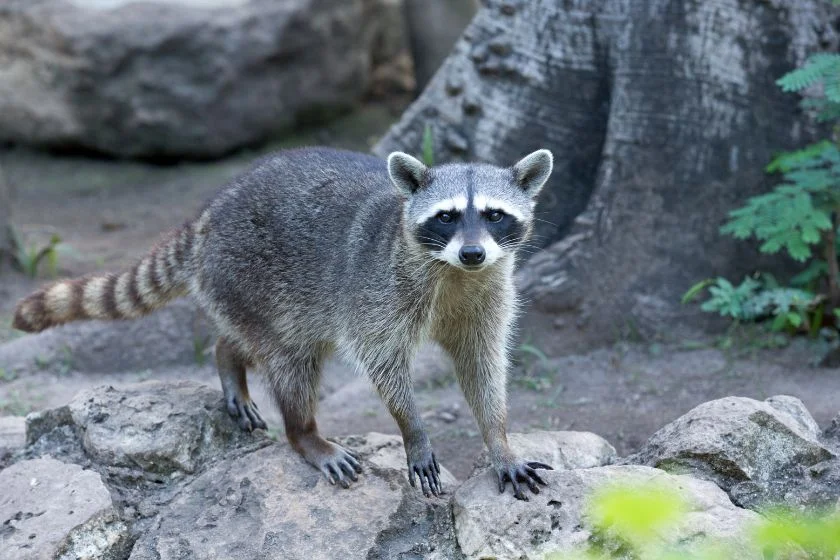
- Scientific name: Procyon lotor
- Classification: Mammals
- Habitat: Warm vegetation and trees
- Diet: Omnivores
- Conservation status: Least concern
Don’t get swayed by its cute appearance because, just like other animals on the list, Racoons are one of Utah’s most dangerous.
Asides from its penchant for invading urban areas, these ferocious bandits will attack a human at the drop of a hat.
Though the chances that a Racoon attack can be fatal is relatively low considering their small size compared to domesticated dogs.
However, many of them carry diseases and can infect you with deadly rabies. Unfortunately, rabies can be fatal, making Racoons a lethal threat.
If you find one in your vicinity, it’s best to call a professional to remove a Racoon, or if you come in close contact with one, best avoid eye contact and back off.
5. Mosquito
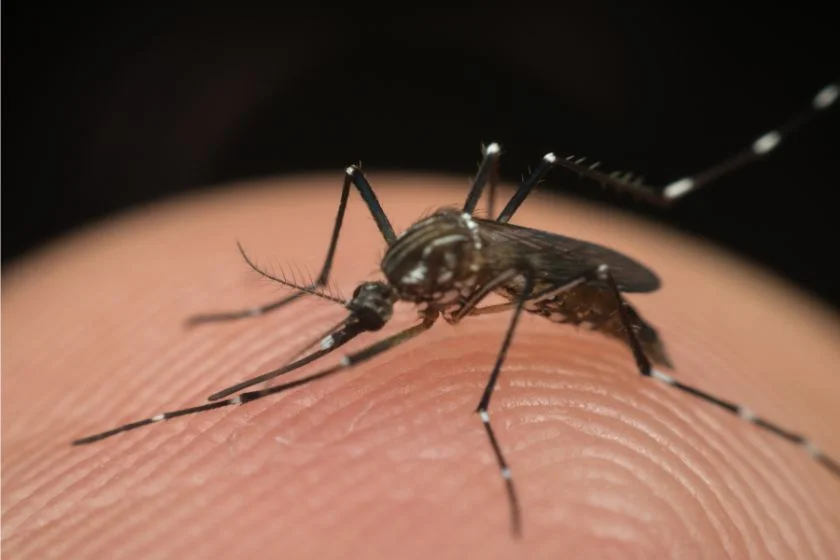
- Scientific name: Culicidae
- Classification: Insect
- Habitat: Bushes, swamps, and stagnant water
- Diet: Flower nectar, fruit juices, and blood
- Conservation status: Not extinct
These pint-sized creatures are the smallest animals on the list. Weighing diminutive milligrams, they are still one of the most dangerous you can find in Utah.
What makes these tiny creatures so deadly is that they carry numerous diseases that they transmit to humans when they bite.
Some of these dangerous diseases include two forms of encephalitis, equine and West Nile virus. Equine encephalitis is the worst of the three, considering that it requires urgent medical attention.
Some of its symptoms include headache, nausea, and a stiff neck. Luckily, these annoying creatures are seasonal and only prefer warmer months to come out and prey on hapless humans.
So when packing to visit Utah, whether hiking or camping during the colder seasons, make sure you pack a good mosquito repellant.
6. Scorpion

- Scientific name: Scorpiones
- Classification: Arachnid
- Habitat: Desert and under rocks
- Diet: Carnivore
- Conservation status: Nọn extinct
Anyone stung by a scorpion before would never want a repeat of such an experience.
And the reason is that the venom these small creatures inject into their victims carries quite a lot of steam that you’ll prefer to take a different route than come in contact with a scorpion.
The sting from one scorpion alone can cause terrible discomfort and excruciating pain.
In addition to this overbearing pain, you can expect bouts of swelling, vomiting, and numbness throughout the body. In most cases, these symptoms can last from 1 to 3 days.
If there is no immediate medical attention, an unlucky victim may experience difficulty breathing or find it hard to move the affected limb or, worse, die.
In Mexico, up to 100,000 cases of scorpion stings are reported every year, so if you’re thinking of skiing or hiking in Utah, make sure your boots are of the thickest quality.
7. Mountain Lion
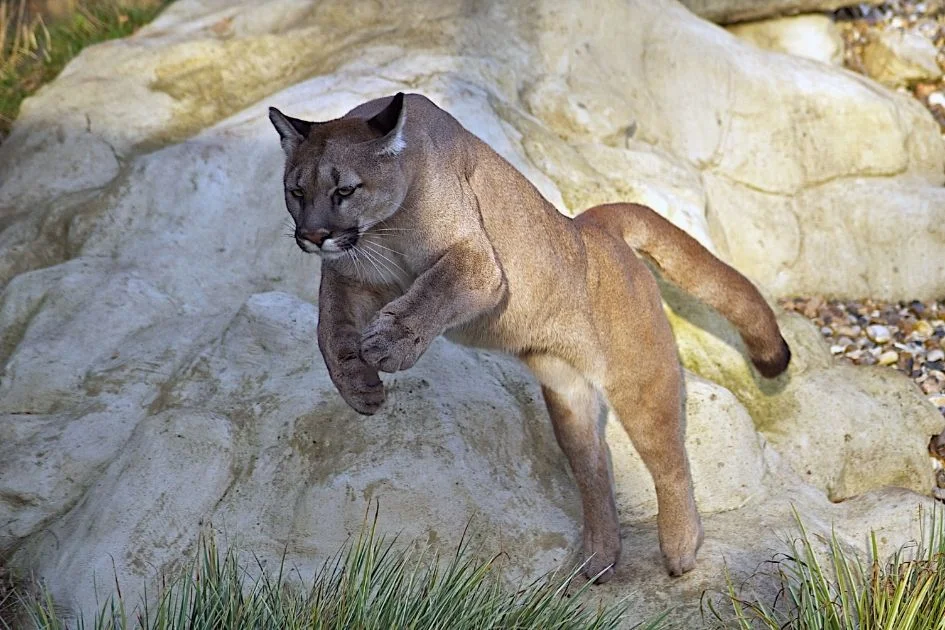
- Scientific name: Puma concolor
- Classification: Mammal
- Habitat: Mountainous terrain
- Diet: Carnivore
- Conservation status: Least concern
Hunting activities have significantly reduced the population to fewer than 2,000 mountain lions (cougars) remaining in Utah.
Even though the government has put in place laws to protect these species, the number keeps dwindling each year, so the odds that you will bump into one during your gist to Utah are very low.
But if you come in contact with one, either in the desert or mountainous regions of Utah, on no account should you run away because there is no way you’re out running a wild animal that has a speed of up to 50 miles per hour. Not to mention, these cats are prolific hunters.
So the best way to stay safe from these wild cats when camping in Cougar’s mountainous territories in Utah is never to hike alone.
Always stay with your group, and keep the campsite clean and devoid of litter and animal carcass.
And should you encounter one by any chance, you are to treat the situation like you would with a bear.
Keep eye contact while backing away slowly and allowing the animal time and freedom to go away.
8. Rattlesnake
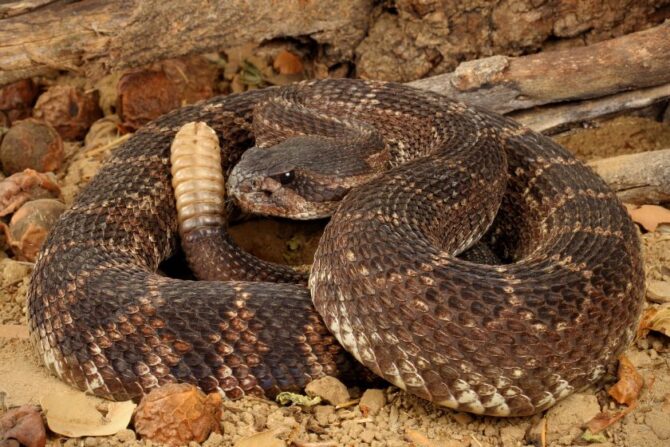
- Scientific name: Crotalus
- Classification: Reptile
- Habitat: Desert, grasslands, and forest
- Diet: Carnivore
- Conservation status: Nọn extinct
The state of Utah contains up to 5 different species of rattlesnakes.
Each one is uniquely deadly in its own right, so if you’re unfortunate enough to be bitten by any of these noisy reptiles, you should seek emergency medical care.
The venom packed in just one bite of a rattlesnake can cause long-term damage to your brain and nervous system and lead to death in hours if not treated.
The good news is that these reptilian predators are nocturnal animals who prefer to hide under the sand to avoid the scorching sun.
But they can be pretty active at night because they are built with heat vision, so they’ll likely see you at night before you see them.
And even at that, they often never fail to alert you from a distance with their characteristic rattling sound.
If you hear that sound and you don’t turn the opposite way, then you’re either incredibly brave or reckless.
9. Black Widow

- Scientific name: Latrodectus mactans
- Classification: Arachnid
- Habitat: Forests and deserts
- Diet: Carnivore
- Conservation status: Not endangered
About other dangerous animals we have listed, the Black Widow spider has distinct markings you should look out for when in the territory of these harmful insects.
The red blood hourglass marking is undoubtedly one you can’t possibly miss and a warning sign that you must stay clear of these creatures at all costs.
The Black Widow spider has one of the worst painful and catastrophic insect bites. Its symptoms include headaches, nausea, vomiting, hallucination, seizures, fever, and sometimes even shock.
It can also result in the victim’s fatality if medical attention is not administered.
So now you know how dangerous these arachnids can be. Best not to play around with them if you’re not prepared for the worst.
10. Moose
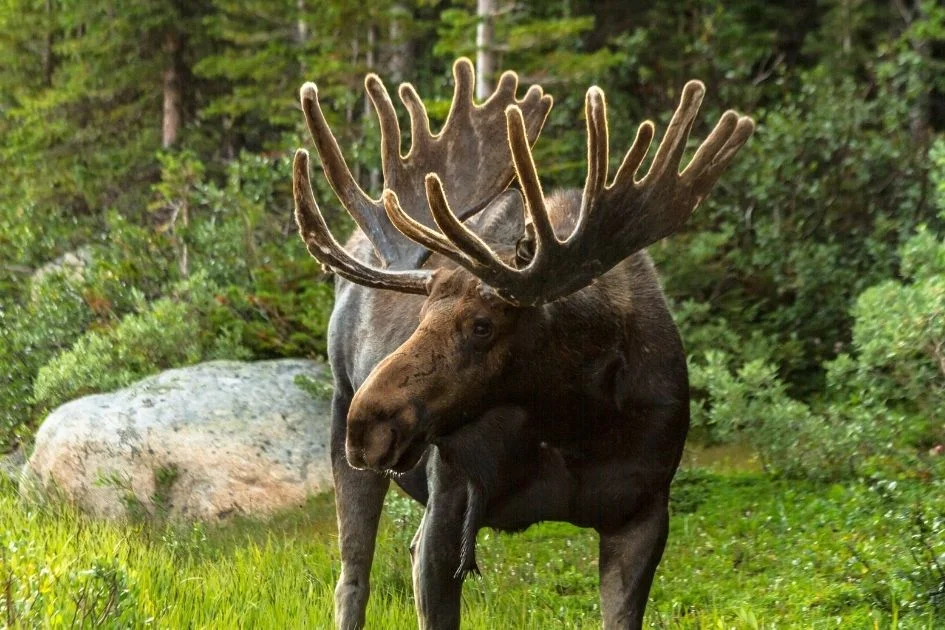
- Scientific name: Alces alces
- Classification: Mammals
- Habitat: Forested areas with streams and ponds
- Diet: Herbivore
- Conservation status: Least concern
It might interest you to know that this is one of the most dangerous animals in the state of Utah.
Although many people often assume that the moose is relatively harmless, maybe they’ve been misled into thinking that the comical and blunt antlers make these animals pretty docile.
Unfortunately, those who took this assumption further by trying to approach moose and petting them like they would a horse were in for a rude awakening and never tried it again.
Moose are not as docile as they appear. They are very dangerous and highly aggressive, especially when threatened.
During attacks by moose, they like to strike with their antlers and stomp on their victims, sometimes even sitting on them.
And with around 3,000 population of moose in Utah, the last thing you would want is to have a direct encounter with one.
The best way to be safe from a Moose is to stay away from them altogether.
And they hate dogs too, so if you’re a dog person, best you leave Mr woof woof at home while camping or hiking in Utah.
Here is a helpful tip to know if a Moose wants to attack:
- Licking their snouts
- Ears pinned
- Lowering their heads as if trying to charge
11. Blister Beetle
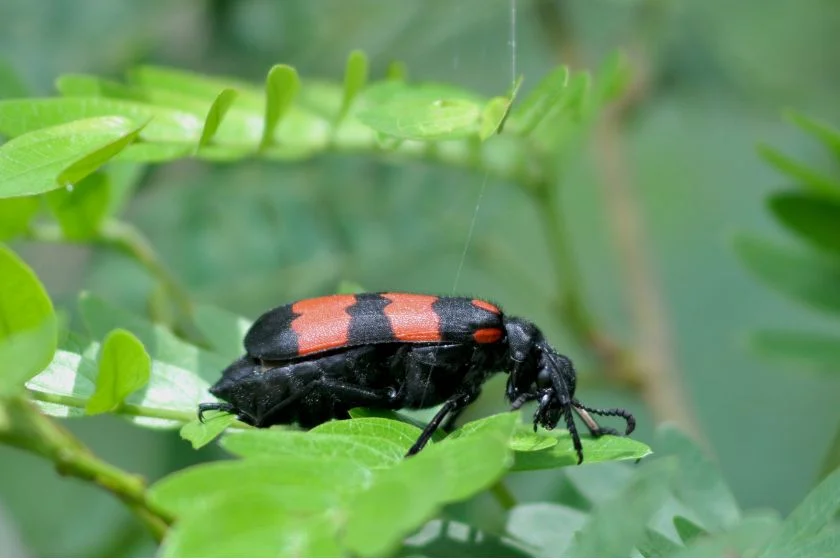
- Scientific name: Meloidae
- Classification: Insect
- Habitat: Arid regions
- Diet: Herbivore
- Conservation status: Non-extinct
This is one tiny and dangerous insect you don’t want to mess with while trying to enjoy your stay in Utah.
As the name implies, you may be wondering what happens when their toxins penetrate your body.
These cute tiny beetles can inject a toxic agent called Cantharidin which induces symptoms such as irritation and blistering when it touches your either skin, mouth, eyes, or even the digestive pathways.
Those who have had the unfortunate experience of encountering this will tell you not to mess with the tiny insect.
Although its toxins aren’t life-threatening painful blisters and scars it can leave on your body can make your stay in Utah an unmunmemorablee
Utah Wildlife Safety Tips
If you’ll like to observe the beautiful mountainous planes of Utah, but you’re bothered about some of the animals we mentioned in this list, then consider these few safety tips to help you enjoy a safe trip during your visit to Utah.
- When camping, keep food and remnants out of sight and adequately covered. Because if an animal sees or smells the food, it might break in.
- Stay alert during your hiking and biking, and stay on designated trails. Some of these animals are more active at dusk and dawn.
- Always stay with a companion when jogging, hiking, or biking. Also, make some noise to alert the animals of your presence.
- Stay away from animal carcasses as an unseen animal may lurk somewhere to guard its meal.
- Utah is home to various poisonous snake species, such as rattlesnakes, which can hide under trails or dense grasses. You should look carefully before sitting, setting your hand or feet.
Frequently Asked Questions
Are snakes a problem in Utah?
No, they are not. Although, they play a vital role in the ecosystem by keeping the growing population of rodents in check.
You can see some of them during hiking, but if you follow some of the safety tips listed, you’ll be fine.
What are Utah’s recreational activities?
The following are some of Utah’s recreational activities: Cycling, fishing, stargazing, biking, Rock Climbing, Skiing, and Hiking. Although there are more, these are just a few.
Conclusion
Outdoor recreational activities such as hiking, biking, skiing, etc., in Utah, contribute $12.3 billion and provide jobs to more than 110,000 people.
So it is safe to say that the government takes this sector very seriously, and ample security and safety measures have been put in place to protect visitors from ensuring their stay.
It would be best if you respect these most dangerous animals in Utah, knowing that their presence helps to create a balance in the ecosystem.
These animals love and protect their habitat, so you should not roam carelessly in their territory.
